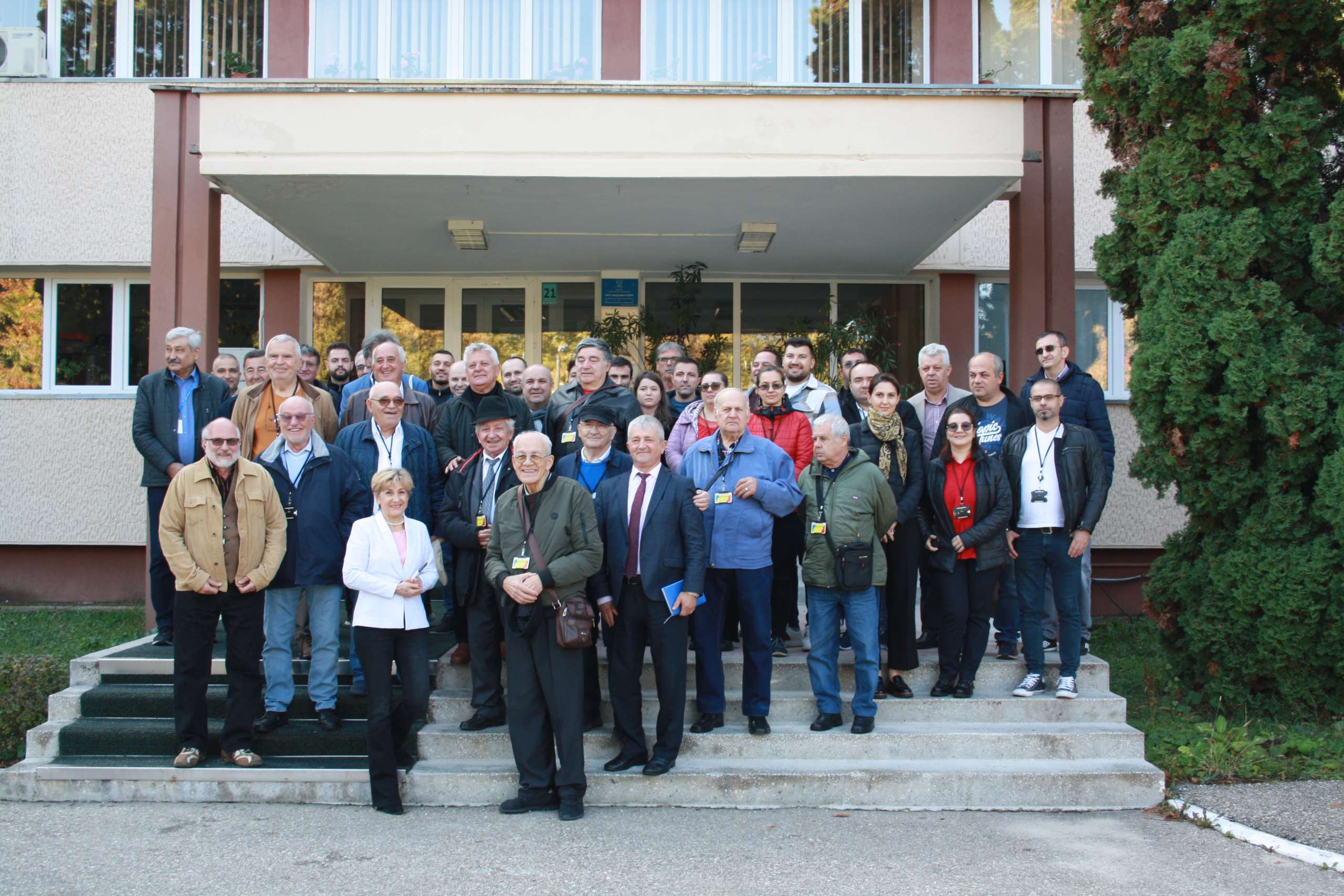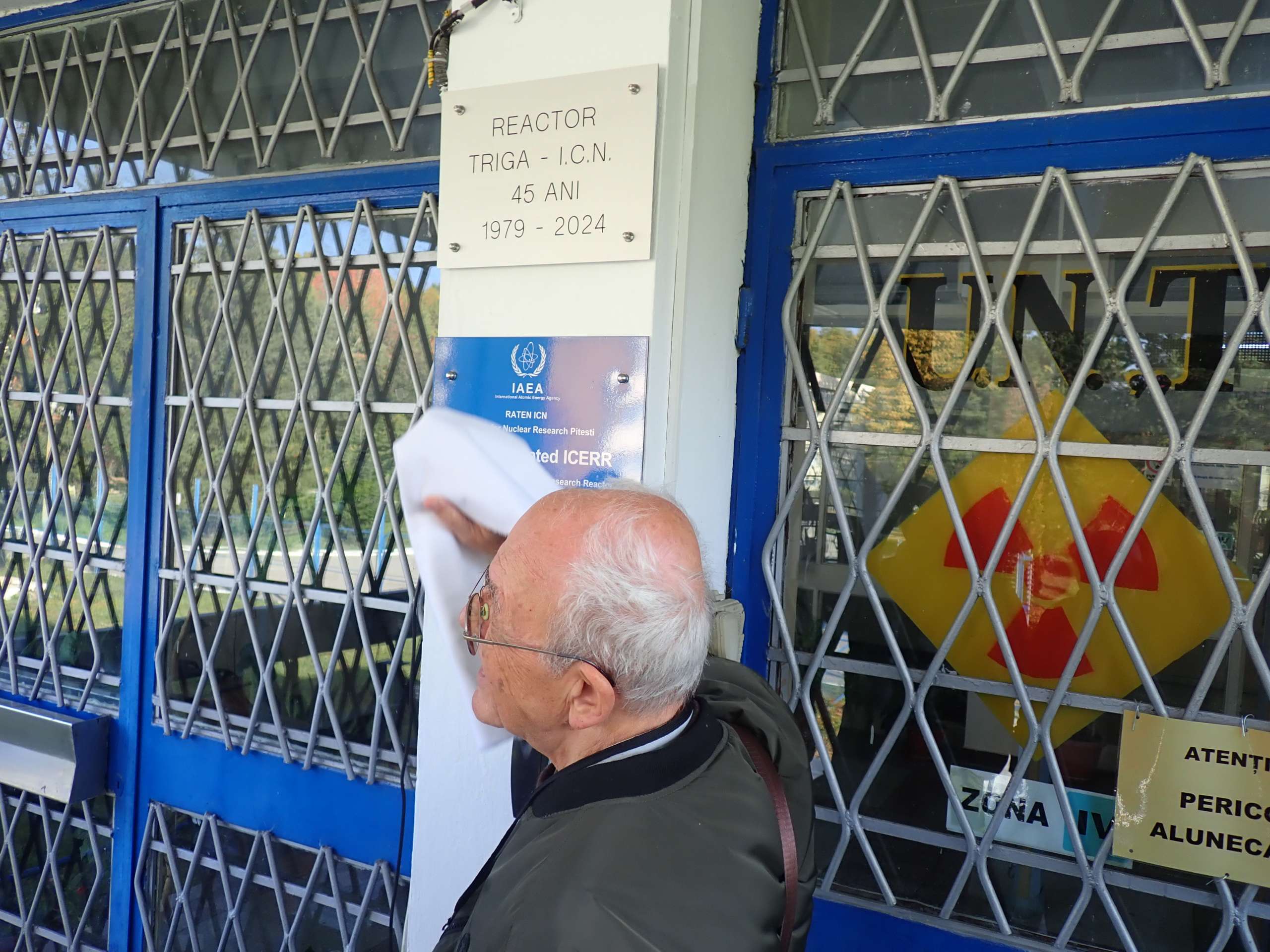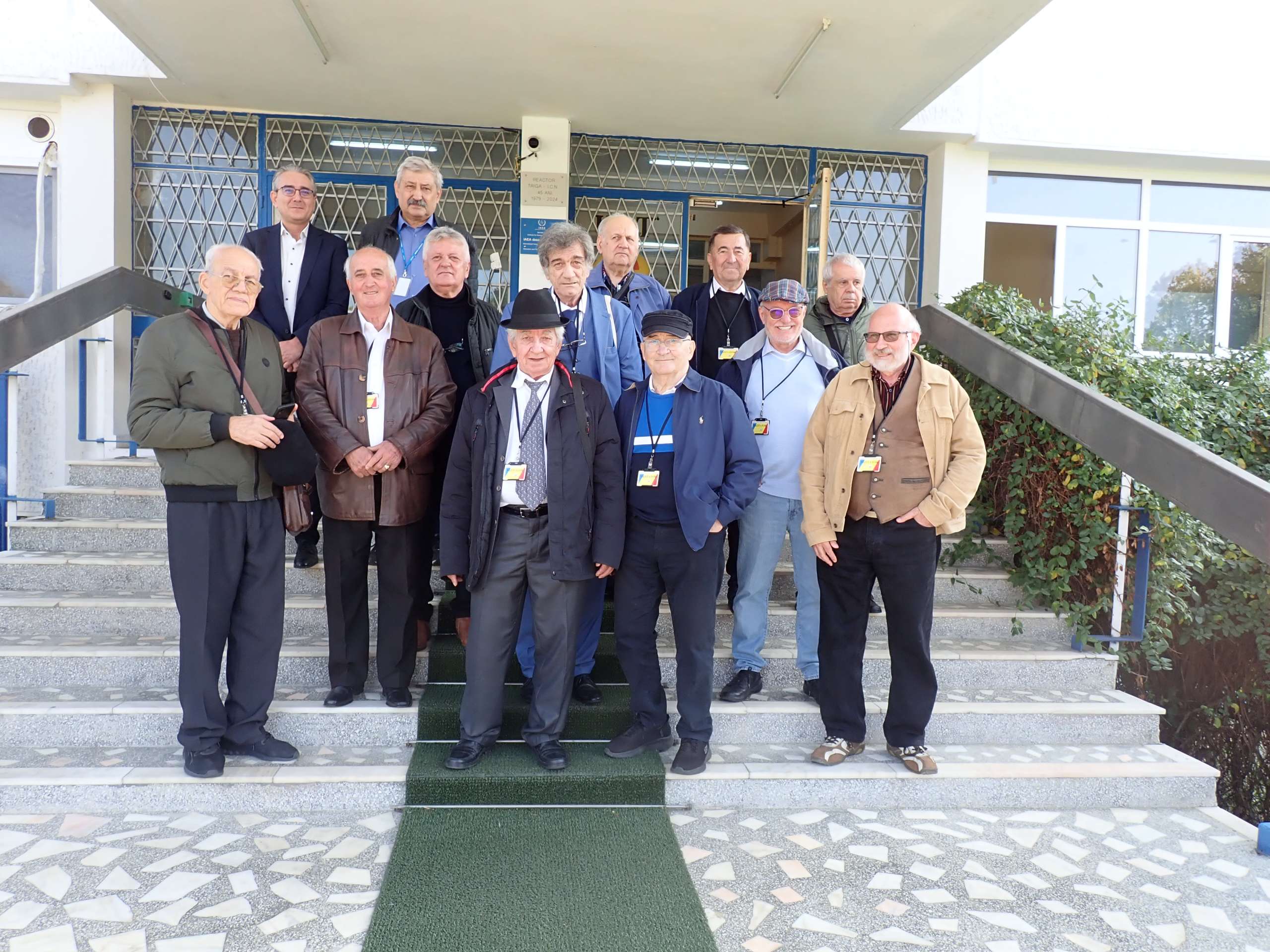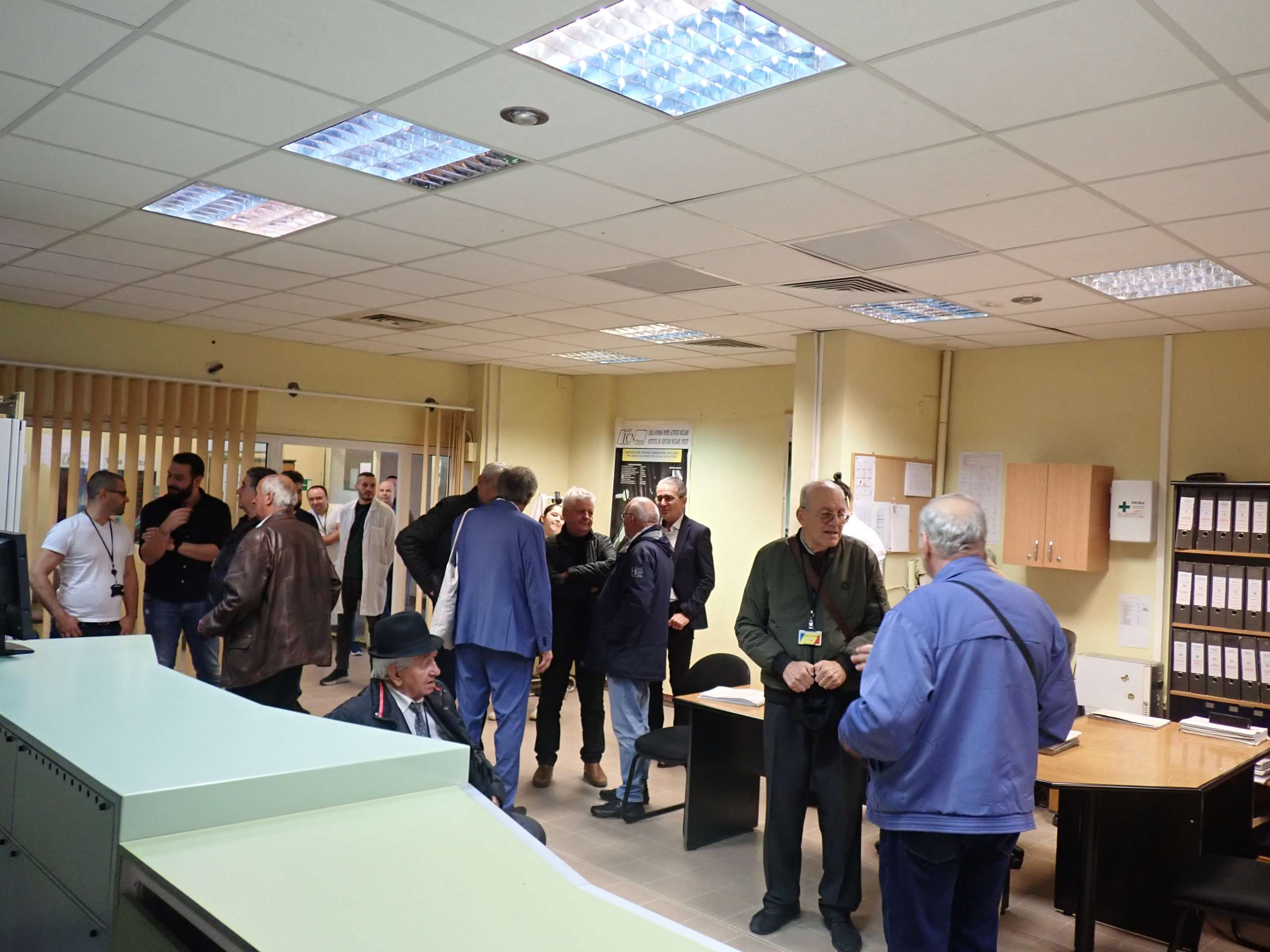
The establishment of the Institute for Nuclear Technologies in 1971 marked the beginning of applied research and engineering activities oriented towards the development of knowledge of technologies and processes necessary for nuclear energy-related projects.
The institute's research infrastructure was aligned with the requirements of that time, focusing on the production of nuclear fuel, the qualification of materials used in the construction of nuclear facilities, the development of technologies for the conditioning and treatment of radioactive waste generated by reactor operations and other future nuclear facilities, the production of radioisotopes for industry and medicine, and the experimental testing of the performance of components and equipment designed and built within the institute.
The research infrastructure currently consists of laboratories, testing rigs, a 14MW Research Reactor, a 20,000MW TRIGA-type pulsed Research Reactor, a post-irradiation examination laboratory, and a radioactive waste treatment plant.
The reactor is included in the National Critical Infrastructure according to Government Emergency Ordinance no. 98 from 03.11.2010, approved by Law no. 18 from 11.03.2011, and amended and supplemented by Law no. 344/2015.
The nuclear reactor includes two unique cores designed by General Atomics (GA), one designed to operate in steady-state mode at a maximum power of 14MW, and the second core for operation in pulsed mode (Annular Core Pulsed Reactor), both located in the same pool and sharing most of the systems.
The design, construction, and commissioning of the institute's research infrastructure during the period 1972-1979 represented a phase of staff training for the subsequent activities of design, construction, and commissioning of Units 1 and 2 at the Cernavoda Nuclear Power Plant (CNE Cernavoda).
The qualification of nuclear fuel manufacturing technologies requires testing the fuel elements under real operating conditions through irradiation and post-irradiation examination, a requirement that determined the power level and performance characteristics of the future research reactor.
Progressively, during the construction of the reactor, the projects developed by the Romanian state design unit and the equipment specifications were subjected to revision and approval by representatives of General Atomics (GA).
The commissioning and performance testing of the reactor were carried out under the leadership of GA by mixed teams between June 1979 and February 1980.
The GA team was led by W.L. Whittemore, a highly skilled specialist who had commissioned a significant number of TRIGA reactors worldwide.
The Romanian side consisted of a team of experts covering all the necessary fields for this task, under the leadership of Mr. Marin Ciocanescu.
In the autumn of 1979, the construction work and installation of the reactor system components were completed, and the project moved to its most important phase: the commissioning of the TRIGA SSR 14MW reactor.
On October 26, 1979, at 9:00 AM, the two teams met to establish the activity schedule for the reactor's commissioning. Initially, all reactor-related systems were checked and tested. During this period, dimensional measurements were also taken for all the fuel elements that were to be introduced into the reactor.
After completing these activities, on November 18, 1979, at 03:57 AM, the first 5 clusters with fuel elements were introduced in the core.
On the same day, November 18, 1979, at 10:53 AM, the reactor became critical for a period of approximately 10 seconds, with 17 clusters with fuel elements in the core, at which point the neutron source was removed.
After reaching criticality, the team led by Dr. I. Garlea began neutron measurements in the core.
On December 12, 1979, after completing the neutron measurements and verifying the safety systems, the next step was taken: continuing with the fuel loading process in the core. At 14:13, cartridge number 29 was introduced, and the core reached the configuration designed and specified in the contract.

| N. Andreescu | Al. Diaconescu | I. Rogociu | Gh. Nugut | Cr. Sabau |
| M. Preda | D. Cristea | I. Oprea | C-tin Toma | I. Garlea |
| T. Musat | Th. Serban | Tr. Zaharescu | M. Sburlan | M. Popov |
| C. Dragomirescu | Th. Cicerone | M. Dreptate | V. Marinescu | Dumitrache |
| Balas | N. Ciochina | N. Visan | O.Doru cu echipa |
The team members, after the commissioning of the reactor, were involved in the commissioning of the irradiation devices and contributed to the development of research programs carried out in the TRIGA reactor.
Below, you can find some images from the event dedicated to the 45th anniversary of the first criticality of the TRIGA Steady State Reactor.



